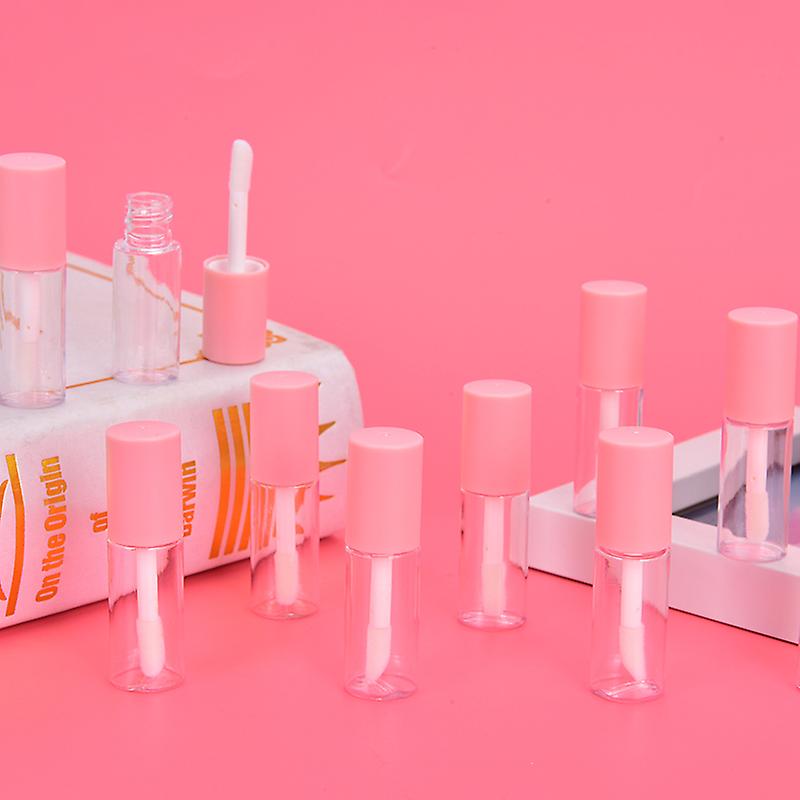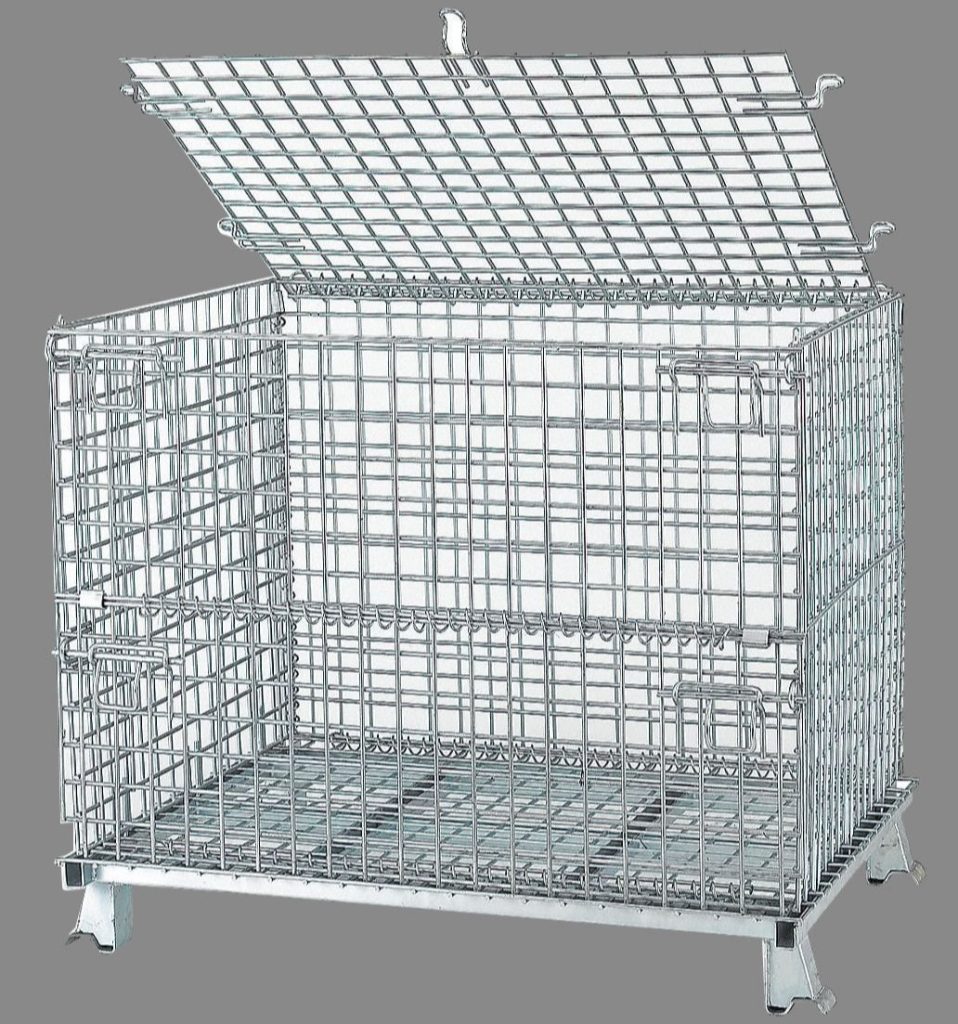In the quest for retirement security, investors are constantly seeking avenues that offer stability, growth, and protection against economic uncertainties. Amidst the myriad of investment options, Gold Individual Retirement Accounts IRAs have emerged as a cornerstone for wealth preservation and retirement success. Unlike traditional retirement accounts tied solely to stocks, bonds, or mutual funds, Gold IRAs offer a unique hedge against inflation, currency devaluation, and market volatility. Gold has long been revered as a store of value, with a history dating back thousands of years. Its intrinsic properties, scarcity, and universal acceptance make it a compelling asset for diversifying retirement portfolios. In times of economic turbulence, gold has historically retained its worth, serving as a safe haven for investors seeking refuge from financial turmoil. One of the primary benefits of incorporating gold into an IRA is its ability to act as a hedge against inflation. Unlike fiat currencies, which can be devalued by central bank policies or economic instability, gold maintains its purchasing power over time.

As inflation erodes the value of paper assets, the best gold IRA providers typically appreciates, thereby preserving the real value of retirement savings. Furthermore, gold offers protection against currency devaluation. In an era marked by unprecedented money printing and mounting debt levels, fiat currencies are susceptible to depreciation. By holding gold in a retirement account, investors shield themselves from the erosion of wealth caused by currency debasement, ensuring the long-term viability of their retirement nest egg. Another compelling reason to consider a Gold IRA is its ability to mitigate the impact of market volatility. Traditional assets like stocks and bonds are subject to fluctuations driven by economic conditions, geopolitical events, and investor sentiment. Gold, on the other hand, tends to exhibit low correlation with equities, making it an effective diversification tool. By allocating a portion of their retirement savings to gold, investors can reduce overall portfolio risk and enhance stability during periods of market turbulence. Moreover, Gold IRAs offer tax advantages that further enhance their appeal as a retirement investment vehicle.
Similar to traditional IRAs, contributions to a Gold IRA may be tax-deductible, providing immediate tax benefits. Additionally, gains generated within the IRA are tax-deferred until withdrawal, allowing investments to grow unhindered by annual tax obligations. For individuals concerned about preserving their wealth and maximizing retirement income, the tax advantages of Gold IRAs can significantly bolster long-term financial security. When considering the implementation of a Gold IRA strategy, it is essential to partner with a reputable custodian experienced in handling precious metal investments. A trusted custodian can facilitate the purchase, storage, and safekeeping of gold assets within the confines of IRS regulations, ensuring compliance and peace of mind for investors. By diversifying retirement portfolios with physical gold, investors can safeguard against inflation, currency devaluation, and market volatility while enjoying tax advantages and long-term wealth preservation. As the cornerstone of a well-rounded retirement plan, Gold IRAs offer unparalleled stability and security, paving the way for a prosperous and worry-free retirement journey.




